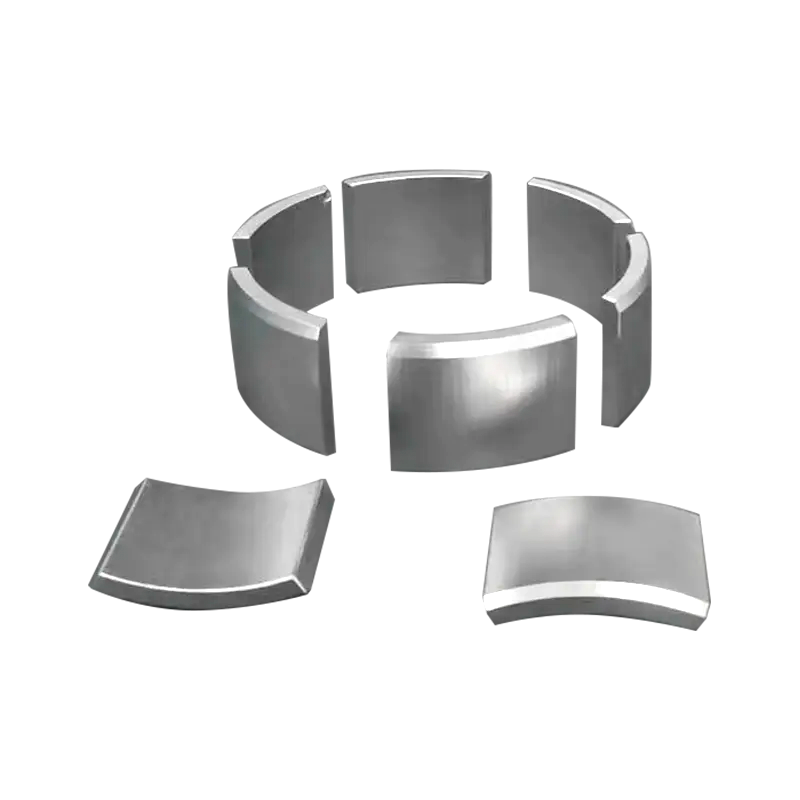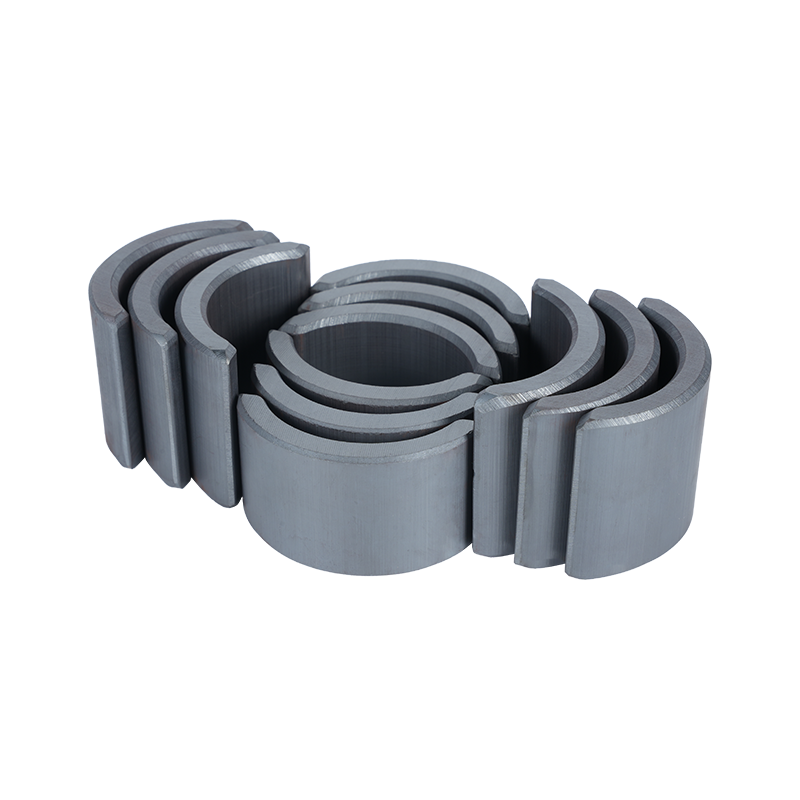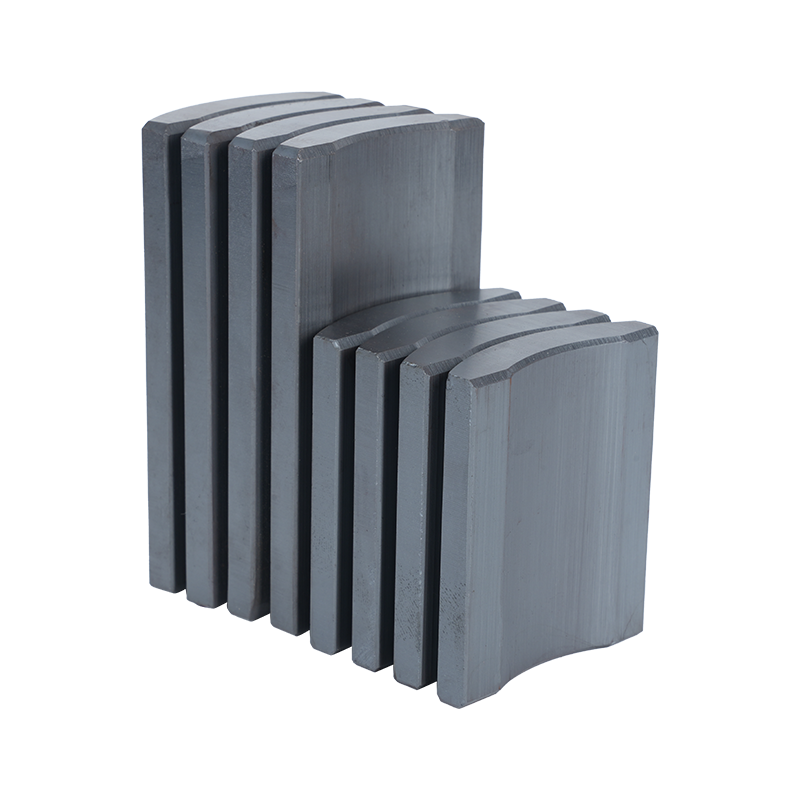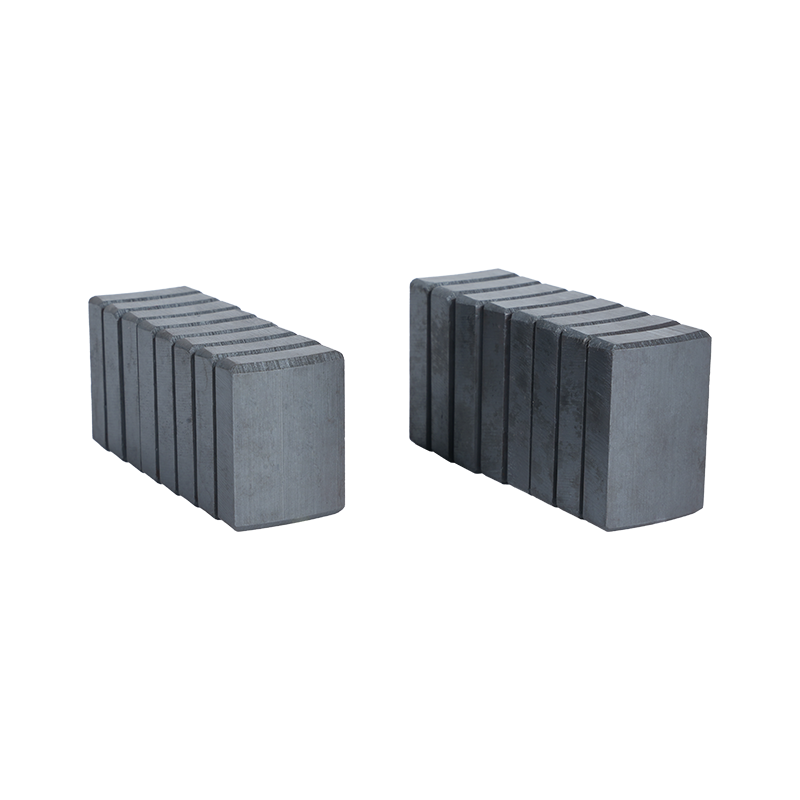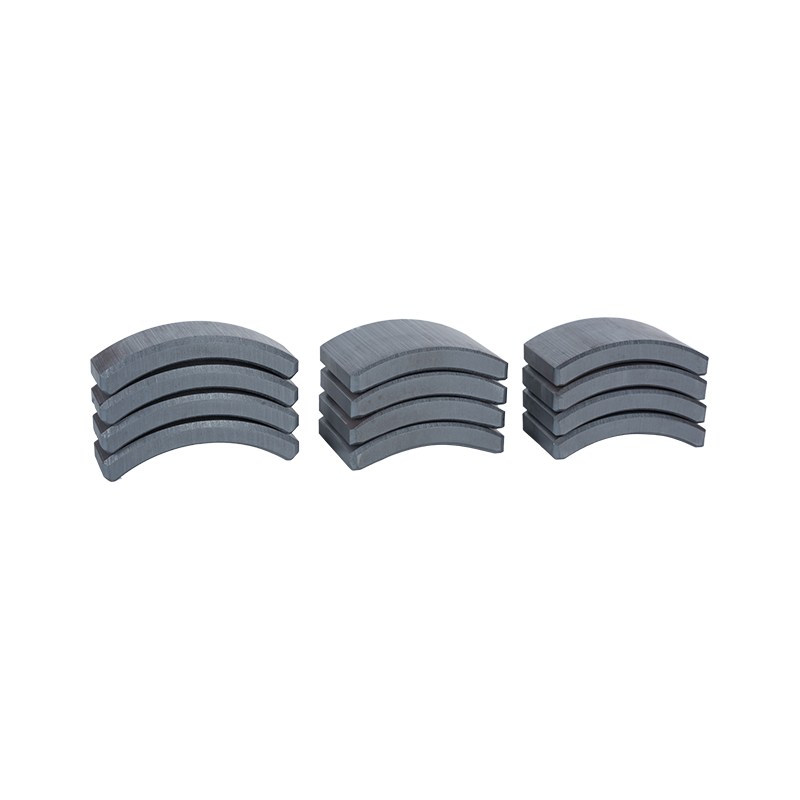Dong Yang TianQi Magnetic Segment Co.,Ltd.(formerly Shuangyang Magnet Tile) is a professional enterprise specializing in the production of motor magnet tiles
Search by posts
Categories
Popular products
Contact Us

Industry News
 By Admin
By Admin
Ferrite Magnetics Block: The Building Blocks of Modern Magnetism
In the realm of magnetic technology, Ferrite Magnetics Block has emerged as a versatile and powerful component, revolutionizing various industries with its unique properties. These blocks, made from ferrite—a type of ceramic material with magnetic properties—are being integrated into a wide array of applications, from consumer electronics to heavy industrial machinery. This 700-word exploration delves into the innovative uses and benefits of Ferrite Magnetics Block.
Ferrite Magnetics Block is known for its high coercivity, which means it can withstand strong external magnetic fields without losing its magnetism. This characteristic makes it an ideal choice for applications where stability and reliability are paramount. The blocks are also valued for their cost-effectiveness and resistance to corrosion, making them a popular choice in manufacturing.
One of the significant areas where Ferrite Magnetics Block has made an impact is in consumer electronics. These blocks are used in the construction of various components, such as transformers, inductors, and motors, which are integral to the operation of devices like smartphones, laptops, and televisions. The compact size and high magnetic strength of Ferrite Magnetics Block allow for the miniaturization of electronic devices without compromising performance.
The automotive industry has also embraced Ferrite Magnetics Block for its applications in electric motors, generators, and power steering systems. The high heat resistance and durability of these blocks make them for the demanding conditions of automotive use. Moreover, the use of Ferrite Magnetics Block in electric vehicles contributes to increased energy efficiency and reduced environmental impact.
In the medical field, Ferrite Magnetics Block plays a crucial role in the development of advanced diagnostic and therapeutic equipment. Magnetic Resonance Imaging (MRI) machines, for instance, rely on the strong magnetic fields generated by these blocks to produce detailed images of the human body. Additionally, Ferrite Magnetics Block is used in the creation of magnetic drug delivery systems, which offer a targeted approach to treating various diseases.
Ferrite Magnetics Block is also making strides in environmental and energy sectors. In renewable energy systems, such as wind turbines and solar inverters, these blocks are used to convert mechanical energy into electrical energy efficiently. Furthermore, Ferrite Magnetics Block is employed in water treatment plants to remove impurities and pollutants using magnetic separation techniques, contributing to cleaner and safer water supplies.
The aerospace and defense industries have recognized the potential of Ferrite Magnetics Block in creating lightweight and powerful systems. In aerospace, these blocks are used in the development of electromagnetic propulsion systems, which are more efficient and reliable than traditional chemical propulsion methods. In defense, Ferrite Magnetics Block is utilized in the construction of electromagnetic weapons and shielding systems, enhancing the capabilities of military equipment.
As research and development in magnetic technology continue, the applications of Ferrite Magnetics Block are expected to expand even further. With ongoing advancements in material science and engineering, these blocks are poised to become even more efficient and versatile, opening up new possibilities across various industries.
Ferrite Magnetics Block has established itself as a cornerstone of modern magnetism, with its applications spanning from consumer electronics to heavy industry. As we continue to innovate and push the boundaries of what is possible with magnetic technology, Ferrite Magnetics Block will undoubtedly play a central role in shaping the future of various sectors. Its unique combination of strength, durability, and cost-effectiveness positions it as a key component in the ongoing quest for technological progress.



